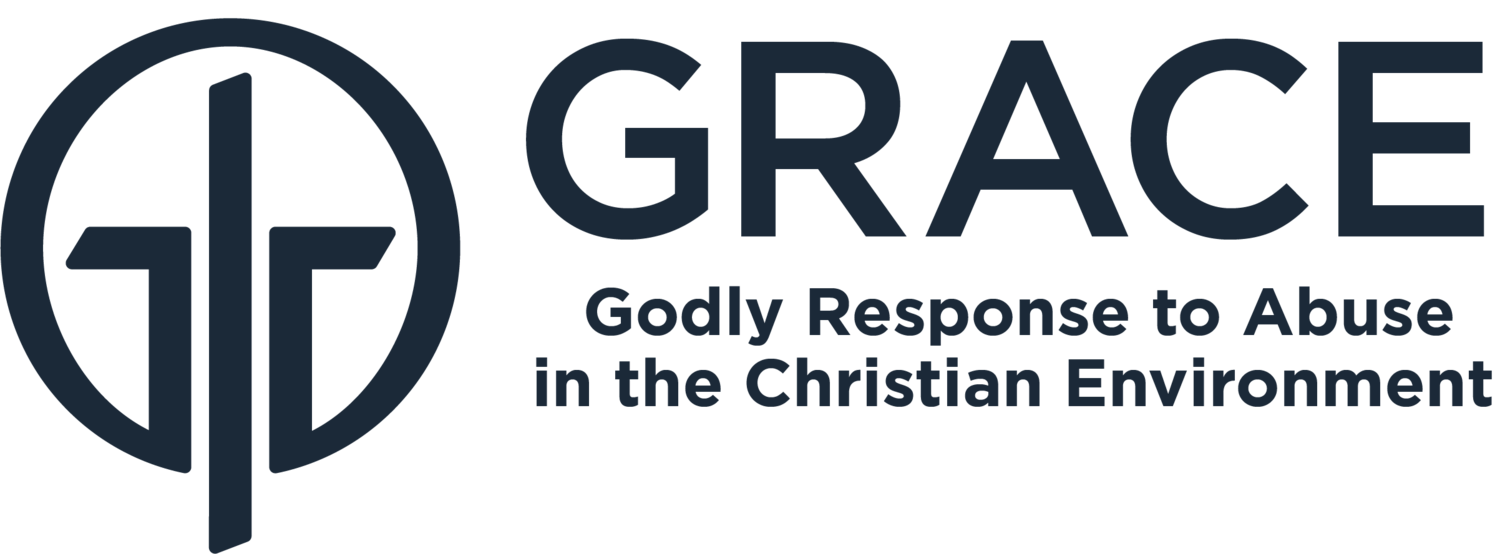The Toxic Triangle: Understanding How Systems Enable Abuse
Wade Mullen's insightful article, "The Toxic Triangle," on Pellucid (July 18) offers a crucial framework for understanding how abusive environments are not simply the result of "bad actors," but rather the complex interplay of interconnected systemic factors. This piece is essential reading for anyone seeking to foster truly safe communities and prevent harm.
Mullen introduces the "Toxic Triangle," a model developed by researchers Padilla, Hogan, and Kaiser, which identifies three critical components that converge to enable destructive leadership and environments:
Destructive Leaders: Individuals characterized by narcissism, charisma, and a drive for power, who often manipulate and coerce, framing disagreement as disloyalty.
Susceptible Followers: Those who, often in high-control systems, respond to pressure through conformity (to belong or avoid punishment) or collusion (for personal gain). Mullen highlights different adaptive responses like conversion, compliance, withdrawal, and opposition, emphasizing the need for compassion towards those navigating such environments.
Conducive Environments: Conditions that make it easier for destructive leadership to thrive, such as crisis, loyalty culture, high power distance, contradictions between words and actions, lack of accountability, and weak or unenforced policies.
A core takeaway from Mullen's article is the importance of "thinking in systems." He powerfully debunks common, yet often unhelpful, solutions:
"You Just Need to Be More Assertive": Mullen explains how centralizing power often disempowers followers, and speaking up in such systems can increase personal risk, not solve the problem.
"We Just Need Better Policies": Policies alone do not guarantee safety. Without the integrity and will to apply them, policies can merely give an abusive system the appearance of legitimacy.
"We Just Need a New Leader": Simply removing a destructive leader without addressing the underlying environment and culture often leads to similar problems recurring.
When the "Toxic Triangle" is intact, the system reinforces itself – punishing dissent, protecting the leader, and dismissing complaints. Mullen stresses that realizing "I should've said something" or "I must be the problem" overlooks the powerful, deeply structured nature of these systems.
The path to freedom and recovery begins with naming the system. Being able to identify and describe the interconnected parts of the "Toxic Triangle" exposes what's false and paves the way for clarity, empowerment, and genuine change.
Click the link to read the article - The Toxic Triangle

